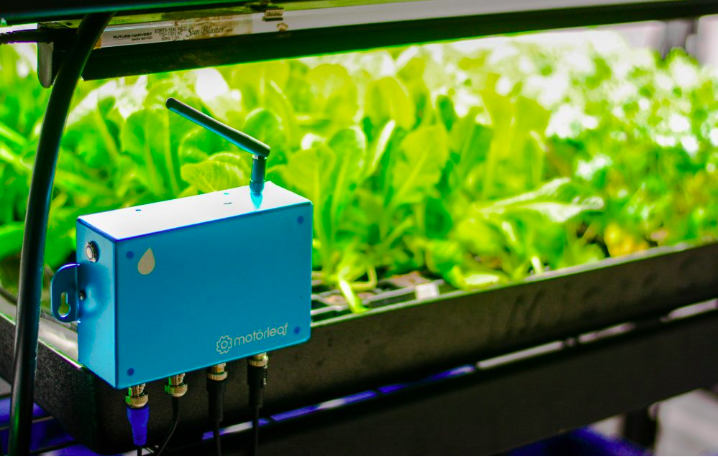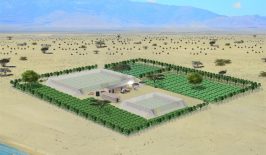For example, we recently reported on AeroFarms, a US based company exploring the concept of urban vertical farming, while elsewhere, technological greenhouses can utilise new systems to great reduce water consumption without compromising on yield. Indeed, in many cases, yield is drastically increased.
MotorLeaf is the latest company to find a role in this new market. The artificial intelligence developer has created a new AI which can help urban and indoor growers to monitor their crops, and predict issues in real time.
Their Agronomist AI uses data-driven machine-based learning to provide indoor farms with a comprehensive suite of insights, whether relating to potential yield, or even predicting disease. Put all together, this data can help reduce waste and crop failure – something which will only become more important as more stress is put on the agricultural sector by population growth and climate change induced weather patterns.
Many of Agronomist’s services can be used individually, or combined together with the MotorLeaf HEART system to operate as a larger AI manager of an indoor farm or greenhouse. Every four seconds, MotorLeaf’s AI collects data from a collection of wirelessly connected devices which can provide information on factors such as light spectrum, light intensity, CO2, humidity, air temperature, water usage and chemical makeup.
Recent trials conducted in California led to a fifty percent reduction in yield prediction errors of tomatoes, and with recently secured funding, they are seeking to expand the product to different crops and scales.
Can AI Be Environmental?

Currently, the system is mostly being used in hi-tech, comparatively low-yield indoor farms in developed nations – and is it likely to remain that way for some time. Furthermore, the current goal of MotorLeaf appears to be making these ventures more profitable and cost-effective, and less concerned with environmental protection – although the two are not mutually exclusive.
Despite this, technology such as the Agromost.ai or similar, could also have major implications for farms and greenhouses in developing nations. Although the current expense and technical know-how required to operate such software may be beyond most farmers in the Global South, the ability to predict disaster and better monitor the conditions of your crops could become an invaluable tool in the fight against famines, crop failure and poor weather conditions.
If AI is to become a tool of future, it should also be used broadly to help those most in need of its utility. AI that remains the sole possession of developed nations is likely only to exacerbate inequalities and economic gulfs between states. However, as AI becomes more widespread, and the tech it relies on cheaper and more available, it could be an important player in supporting an agricultural sector that can feed the entire world. Additionally, much else remains to be debated about AI from a social standpoint, including its potential impact on employment, not only in manufacturing, but in a range of sectors and roles.






